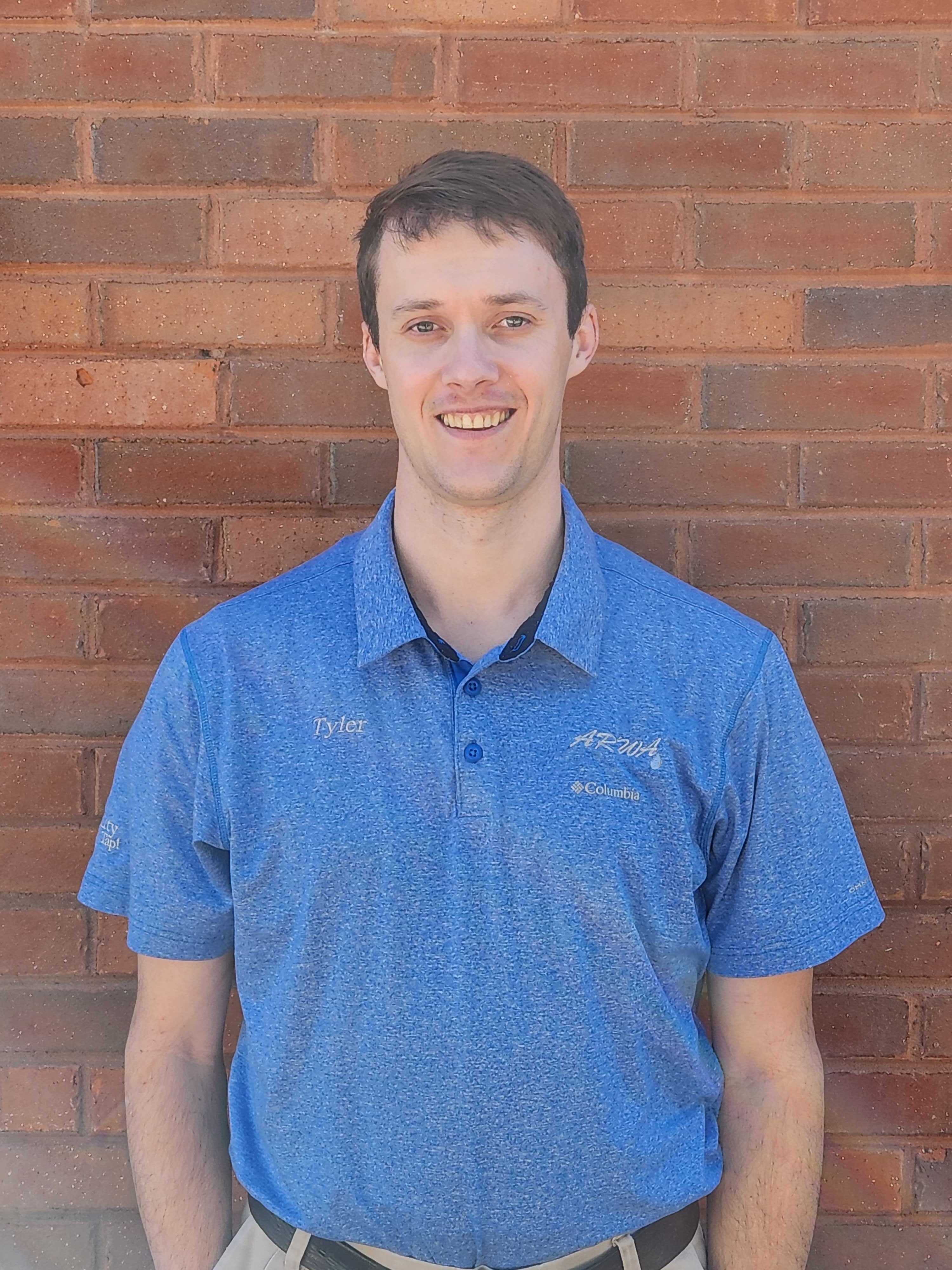Secondary Treatment – Activated Sludge Process
This session will focus on Secondary Treatment, specifically the Activated Sludge process, which plays a vital role in reducing organic matter and dissolved pollutants that remain after primary treatment. Students will gain a thorough understanding of the principles behind biological treatment, where microorganisms are used to break down organic contaminants in wastewater.
The session will begin with an introduction to the activated sludge process, explaining how wastewater is aerated in large tanks to promote the growth of beneficial bacteria and microorganisms. These organisms consume organic matter in the wastewater, converting it into simpler compounds that can be more easily removed. We will discuss the critical factors that affect the efficiency of this process, including oxygen levels, microbial activity, and hydraulic retention time.
Students will learn about the different types of aeration systems used in the activated sludge process, such as mechanical aerators, diffused air systems, and fine bubble aeration. The session will also cover the design and operation of secondary clarifiers, which are used to separate the treated water from the activated sludge.
An important aspect of secondary treatment is the management of the activated sludge, particularly the need to maintain an optimal concentration of microorganisms (MLSS – Mixed Liquor Suspended Solids). We will discuss methods for controlling and adjusting the sludge return (RAS – Return Activated Sludge) and waste (WAS – Waste Activated Sludge) processes to maintain a balanced and efficient system.
Furthermore, students will be introduced to the common challenges associated with activated sludge systems, including issues with foaming, sludge bulking, and nutrient imbalances. Strategies for troubleshooting these problems will be covered, along with an emphasis on the importance of regular monitoring and maintenance to ensure consistent performance.
By the end of the session, students will have a deep understanding of the activated sludge process, including its design, operation, and troubleshooting. This knowledge is crucial for passing the certification exam and for successfully operating secondary treatment systems in real-world wastewater facilities. | 